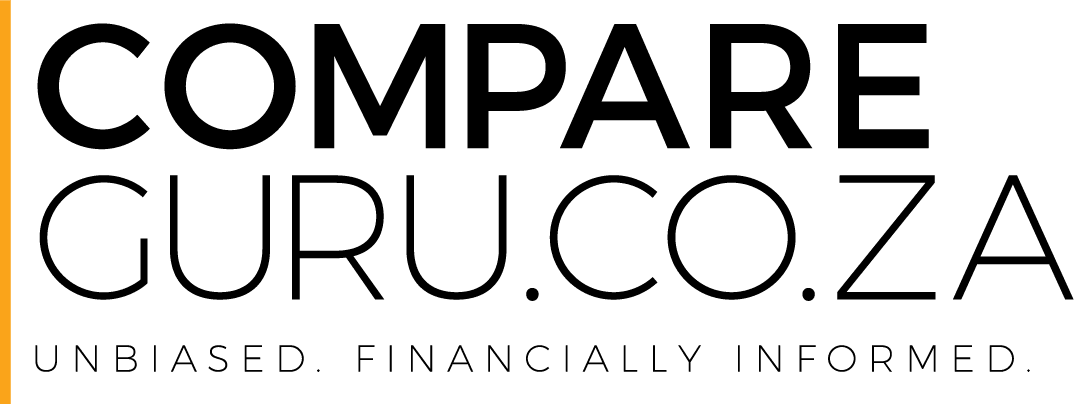CompareGuru Financial Services is an authorised financial services provider FSP. 47696
Has the great debate finally been settled? Insurance giant, Discovery Vitality has shed some light on the best drivers in SA and the results might surprise you.
The results are in and the debate has finally been settled! South Africa’s best and worst drivers have been ranked. For years, Gauteng drivers believed that Cape Tonians are a slow bunch on the road, and the latter believed that Gauteng drivers were reckless, speeding maniacs.
Vitality Health spent a year compiling their Road to a Healthier South Africa report. Using the latest motor vehicle telematics technology DQ-Track, they were able to track driving behaviours of 158,000 active Vitality clients which included:
- Acceleration;
- Braking;
- Cornering;
- Speed;
- Night driving;
- Cell phone use.
The Best Drivers In South Africa
According to the findings, Cape Town has the best drivers, much to the dismay of most people who brave the streets of Cape Town on a daily basis! Insights from the Drive Well Index reveals the major contribution to the good driving score is females drivers in Cape Town. Cape Tonians also seem to have the edge because they used their cellphones the least in the 12 months data was collected.
This can be attributed to the cellphone bylaw that was introduced in the city in 2012. Under this bylaw, Cape Tonians are prohibited from using their cell phones when driving.
Anyone caught breaking this law could have their device impounded and slapped with a hefty fine. Second place was taken by Port Elizabeth followed by Bloemfontein, Johannesburg, Pretoria, and in the last place; Durban who trailed in last place with the worst driving behaviours.
The Worst Drivers In South Africa
Durban been has crowned the worst drivers in South Africa, with stats showing that Durbanites are fond of harsh braking, accelerating and cornering. The data suggest that the worst drivers in this province are men between the ages of 18-25 years old who are inexperienced or new drivers.
The Road Traffic Management Corporation reports that over 2016, a total of 14,071 people died on SA’s roads, a figure 9% up from 2015.
This is the highest annual road death toll since 2007, when 14, 920 people died. Easter road fatalities spiked by 51% between 2016 and 2017.
In 2015 alone, road traffic crashes cost our economy R178 billion.
Night Driving Is Another Cause For Concern
Night driving is one of the riskiest driving behaviors on SA roads. The data collected from the Vitality Drive app places young drivers under the age of 30 years old most at risk.
Overtaking Durban in this metric is Johannesburg, with drivers in this city generally driving the most during the dangerous hours of the night. In the last place is Bloemfontein with just 5% taking to the roads after the sun has set.
Since Uber was introduced, the case study demonstrated a 15% reduction in night driving among the full Vitality Drive base and a 17% reduction in the under 30 year demographic.
Changing The Way We Drive
It is evident that technology is changing the way we drive. Behavioural economist, Dan Ariely says, “ One of the main lessons in behavioural economics is that the environment matters and using technology is an amazing way to become apart of a person’s environment.”
“If people knew how to drive safely but are not able to change their environment, the odds are that these lessons will not change their behaviour. But if people can take their phone with them this could be a reminder and act as a decision or nudge tool at the moment of temptation, the odds of improving driving behaviours are much, much higher.”
Technology has also helped car manufacturers produce safer cars that are easier to navigate than ever before, and it’s only the beginning.
From blind spot warnings and automatic emergency braking to lane-departure warnings and lane centering assist, many new cars now come with a host of active safety systems. These bridge the gap between human-driven cars and their autonomous counterparts.


